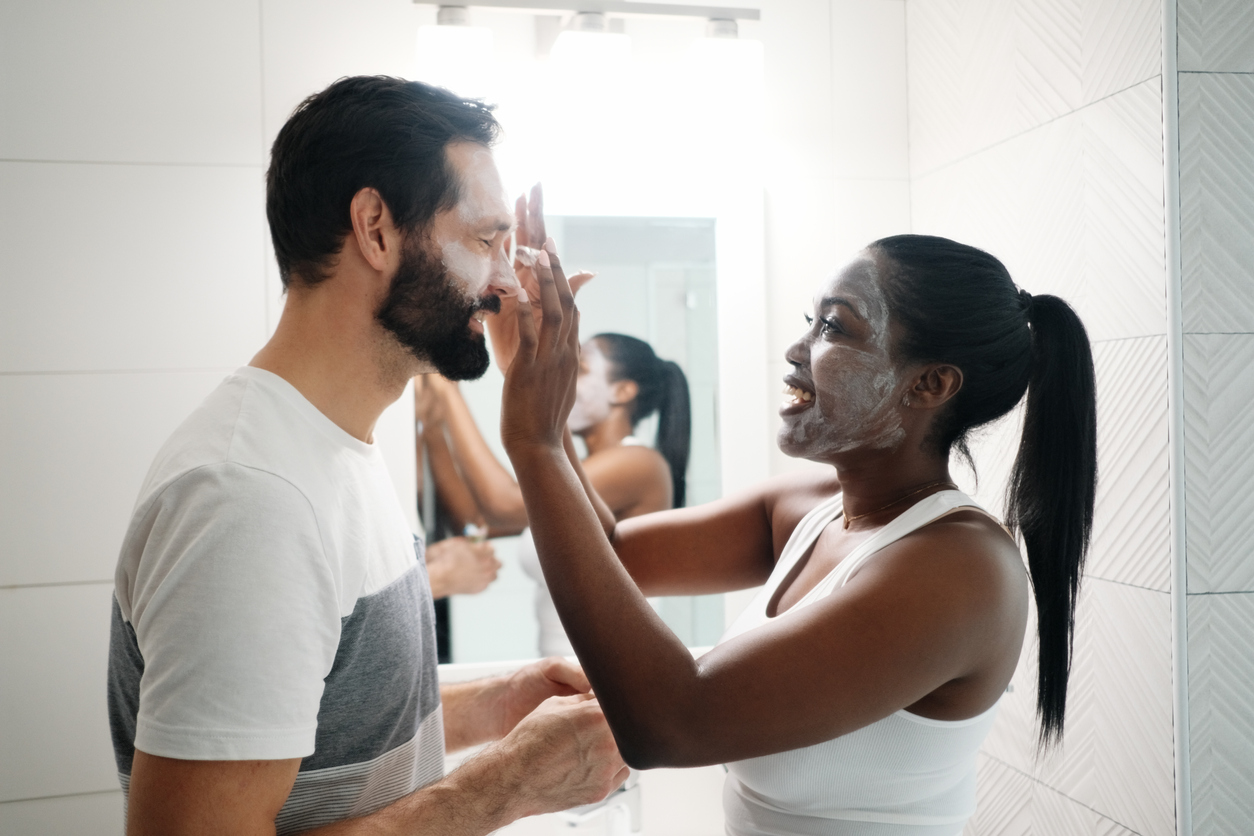
The different hair types in men and how to tell which type you have
Knowing what type of hair you have makes a big difference in which men’s hair products you should be buying. Here’s how to know what hair type you have
I f you’ve been Googling “what type of hair do I have?”, chances are you’re not happy with either how your hair looks, or you’re looking for the best men’s hair products to make it look better…or stem the tide of hair loss.
Hair products rarely come cheap so it can be both frustrating and expensive when you’re not getting the very best. Below we explain more about hair types including how to know which type are you – from Type 1 to Type 4.
FURTHER READING: Men’s hairstyles 2022: The best hairstyles for men you need to ask your barber for
Hair types
 Getty Images/iStockphoto
Getty Images/iStockphoto Your hair type is determined by your genes and this falls into four main types – straight, wavy, curly, and kinky. Kinky can also be referred to as coily, afro, and natural hair, depending on where in the scale it sits.
Within these types are three further categories which are determined by where on the hair scale they fall. The image below explains what we mean.
- Type 1 hair is straight: Within Type 1 hair is Type 1A, Type 1B, and Type 1C.
- Type 2 hair is wavy: Within Type 2 hair is Type 2A, Type 2B, and Type 2C.
- Type 2 hair is curly: Within Type 3 hair is Type 2A, Type 2B, and Type 2C.
- Type 4 hair is kinky/coily: Within Type 4 hair is Type 4A, Type 4B, and Type 4C.
These hair types ultimately determine your hair structure – fine, medium, and thick – and these can’t be permanently changed. No matter how many products you apply or treatments you use.
Your hair condition is a factor that can be changed with products and treatments. It can also be impacted by your diet, your haircare regime including which shampoo and conditioner you use, whether your hair is colour-treated or not, when it was last cut, and other pollution and environmental factors can all play a role in how it looks and feels.
Many people assume that they have naturally oily hair, but this isn’t always the case. It could be their products weighing it down. It can also leave people believing they have one type of hair when in fact they have another. The prime example is people who believe their hair is wavy when it’s actually curly, and vice versa.
Sadly, shampoos, conditioners, and masks aren’t labelled by “type”. Life would be so much easier if they were! Below we explain how to work out what your hair type is, to at least put you on the right path!
FURTHER READING: The male perm is one of this year’s top men’s hair trends – how to nail the curly look
What type of hair do I have? The hair types test
Your hair type comes down to its type, which refers to its natural shape, as well as how porous it is. You can take an online quiz, like Pure Wow’s Ultimate Hair Type Test. You can also check your hair type manually.
Hair texture
To find out your hair’s texture, let it air dry and look at the shape it creates.
- If it dries straight, without any bends or curls, your hair is straight.
- If it dries with a curve or “S” shape, it’s wavy
- If it dries with a defined curl or loop pattern, it’s likely curly
- If it dries in spirals or “zig-zag” patterns, it’s coily
FURTHER READING: What hairstyle suits me and my face shape?
Hair porosity
 Getty Images/iStockphoto
Getty Images/iStockphoto
To determine what porosity it is, you can take this hair porosity test on our sister site. To summarise, hair porosity refers to how individual hair strands hold oil and moisture. Its porosity determines how long your hair stays wet after a shower, how long it takes to blow dry and how it responds to humidity.
Typically, the curlier your hair, and the higher its porosity, the drier it is, and vice versa. There are a couple of ways to determine your hair porosity, but the most simple is as follows:
- Take strands of hair from your comb or brush and drop them into a bowl of water
- Let them sit for 2-4 minutes
- If the strands float, you have low porosity hair
- If they sink, you have high porosity hair
It’s generally better if your hair is low porosity, however, this still causes problems when it comes to choosing hair products.
Low porosity hair repels moisture meaning hair treatments struggle to penetrate the shaft. Low porosity hair is also prone to build-up, especially from protein-rich deep conditioning products
Conversely, high porosity hair loses moisture easily so it’s important to use leave-in conditioners, moisturisers, and products that seal and protect the hair.
Hair structure
As its name suggests, the structure of your hair refers to how it’s “built” and this is usually categorised into fine, medium thick.
People with thin and straight hair typically need to wash their hair more often because oils and grease will weigh down their style. People with curly and natural hair need more moisture from their shampoos and conditioners to avoid their locks drying out.
A good way to tell your hair structure, according to Function of Beauty is to put a strand of your hair next to a strand of cotton sewing thread. If it’s thinner than the thread, your hair is fine. If it’s the same width, it’s medium. If it’s wider, your hair is thick.
MORE LIKE THIS


















